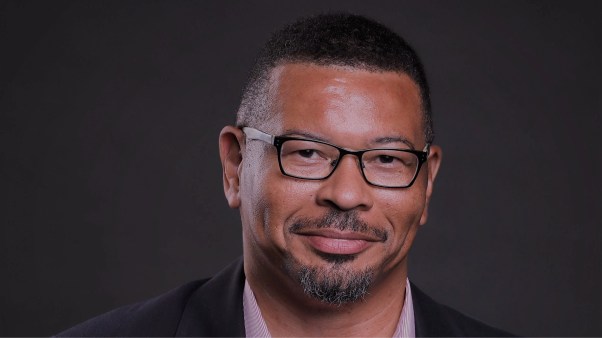
As a congregational consultant, I’m increasingly receiving calls like this: “Our pastor of twenty years is retiring. Our church is going strong. We’re wondering if planning for some kind of leadership succession may be a wiser course than the usual interim ministry?” Or the caller may say, “We once had a terrible experience with an interim minister. Are there some other options?”
Just so we’re on the same page, a “pastoral leadership succession model” means that the congregation calls a successor to their current pastor while the incumbent is still serving. The two overlap for a time, ranging from three months to a year in the examples I know. Then the out-going person retires and the designated successor takes over.
This is an older model, one that never quite went away in some church groups and cultures, and is now making a comeback. Why?
The principle reason is that the model of interim ministry developed in the 1980s is no longer a good fit for many churches in the 21st century. That model was of the specially trained, “intentional” interim minister, an expert in transitional ministry. Interims were equipped with “the five tasks of interim ministry” and credentialed as specialists. The length of interim ministry periods has become longer, up to two and sometimes even three years, and interims have come to expect significantly higher compensation.
Why is this model no longer as good a fit as it once was?
First, churches today find themselves in a much more competitive environment. Many cannot afford an extended period of being “on hold” during which time both continuity and momentum are lost.
A second reason is that congregations are discovering that the talent pool for pastoral leaders is an increasingly shallow one. The standard denominational system for providing leaders is unreliable.
The intentional interim ministry model assumed a denominational system was relatively stable. A church could take time out, and could count on a deep pool of competent pastoral leaders to choose from when the time came. That is less and less the case. The upshot for some congregations is that they go from a two year interim to a new pastorate that is, in a sense, another (albeit unintentional and unhappy) interim. Before you know it, a once-strong congregation has been “in transition” for five or six years. Fewer congregations today can withstand such extended periods without clarity and direction.
The pastoral succession model is a more proactive one, in which congregations actively seek out the right leadership without leaving themselves wholly dependent on the usual denominational placement system. Moreover, they have the help of the incumbent, with that person’s connections and network, in doing that work.
A third reason is the quality of those doing this specialized transitional ministry. While some transitional ministers are exactly what a congregation needs, some are people who have gravitated to transitional ministry because they haven’t been successful as pastors and have found a way to mask mediocrity with the mantel of the specialist or expert.
Is the older, or a re-designed, pastoral succession model the answer? For some congregations it is. It seems to work particularly well for larger churches that depend heavily on the quality of pastoral leadership. It works well when the outgoing pastor is ending their career. It works well when that person gives his or her blessing to their successor and then gets off the stage. It works well when a congregation has the capacity to start doing the serious work of asking what kind of leadership is needed for the next chapter of its life two years before the incumbent exits instead of waiting until a year after that person is gone.
Does the pastoral succession model always work? No. No model always works. But for some congregations it is an option worth considering and may prove a better fit than the interim or transitional ministry specialist.








